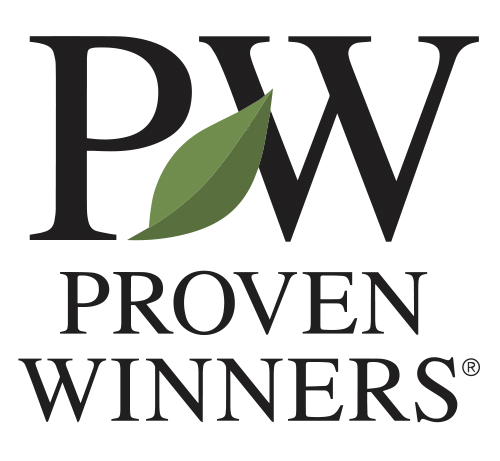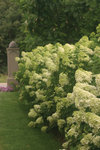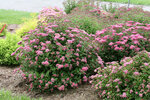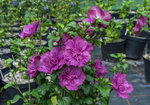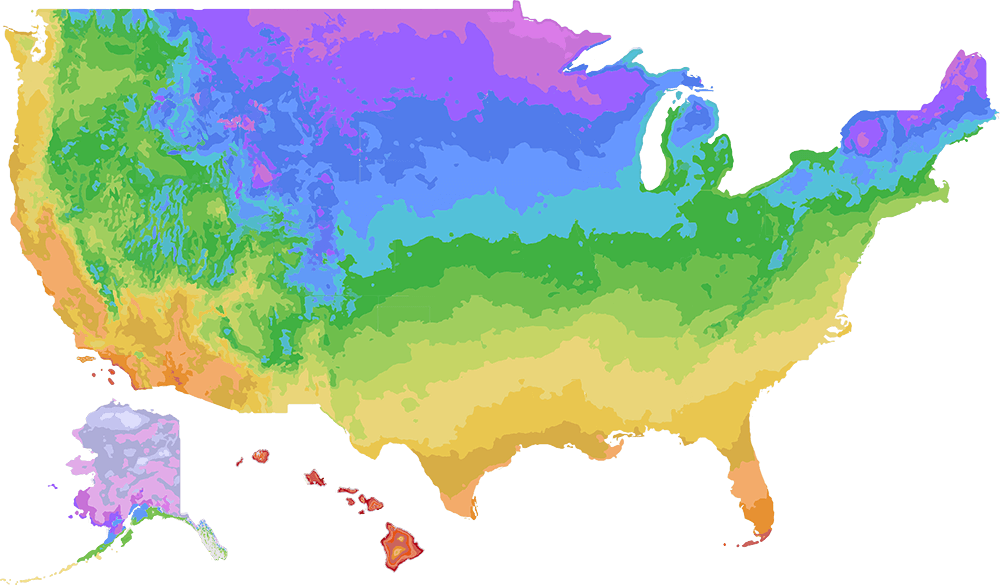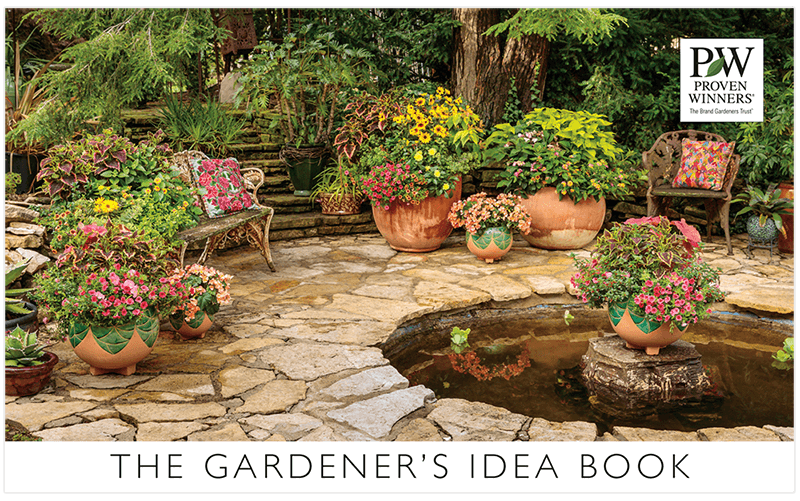All Articles
Butterflies, hummingbirds, songbirds and bees add wonderful movement and great interest to our gardens. Attracting these winged friends to your garden is a fairly simple matter. Provide them with food, water and shelter and they are happy to come and stay awhile. There is a wide palette of plants that will work for both your garden and pollinators.
Could your spring garden use a little more cheerful color to ring in the new growing season? Scroll through this dozen new varieties of annuals, perennials and shrubs that will do the trick.
When you see a new Proven Winners® ColorChoice® shrub online or in your local garden center, you may not know everything it took for it to get there. That little shrub had to produce some pretty unique qualities to earn its place in a Proven Winners® white pot.
More really is more when it comes to flowers! If you’ve got the space, a line of bountifully blooming shrubs can quickly transform an area from bland to grand. Flowering hedges are perfect for sidewalk edges, the front of the border, disguising fencing, and just about any other place or application you can dream up!
For unbelievable beauty anywhere you want it, grow hydrangeas in pots and put it where you need it to go! Porch, driveway, balcony, sidewalk, deck. If you can dream it, chances are you can beautify it. No matter if your spot has full sun, dappled shade, or something in between, there’s a hydrangea you can display there.
Soil is the basic foundation for any garden, which is why we have multiple articles in our ‘Dirt on Dirt’ series. After several questions from gardeners asking us what is the best soil to use in raised beds, we’ve decided to add an article that covers the ins and outs of creating soil for raised bed gardens. Taking the time to get the soil right in your raised bed will make the rest of your gardening season much easier…after all, happy roots are the path to happy plants.
Whether you are an experienced gardener or just beginning, it never hurts to review the basics. Please find below links to videos and articles that cover a wide range of gardening basics, this information will tell you everything you need in order to grow a great garden.
Spirea is one of the most commonly used landscape plants, and for good reason. This hardy deciduous shrub has captivating three-season interest, with a graceful habit, attractive foliage and flowers that bloom over a long time.
For a tropical look, even in cold climates, add rose of Sharon to your yard. This hardy flowering shrub has showy flowers that bloom from midsummer into fall, when most other shrubs are finished for the season.
Supertunia petunias are some of the most versatile plants you can find. They are fantastic landscape varieties and look awesome when planted in a monochrome swath of color or when several colors are mixed. They also perform beautifully in patio planters, hanging baskets, window boxes, raised beds…actually, in any spot that gets at least four hours of sun a day. Six or more hours of sun a day helps maximize their flower power. If you live in a more northern climate, several hours of afternoon sun is the key to getting the best possible flower show.
